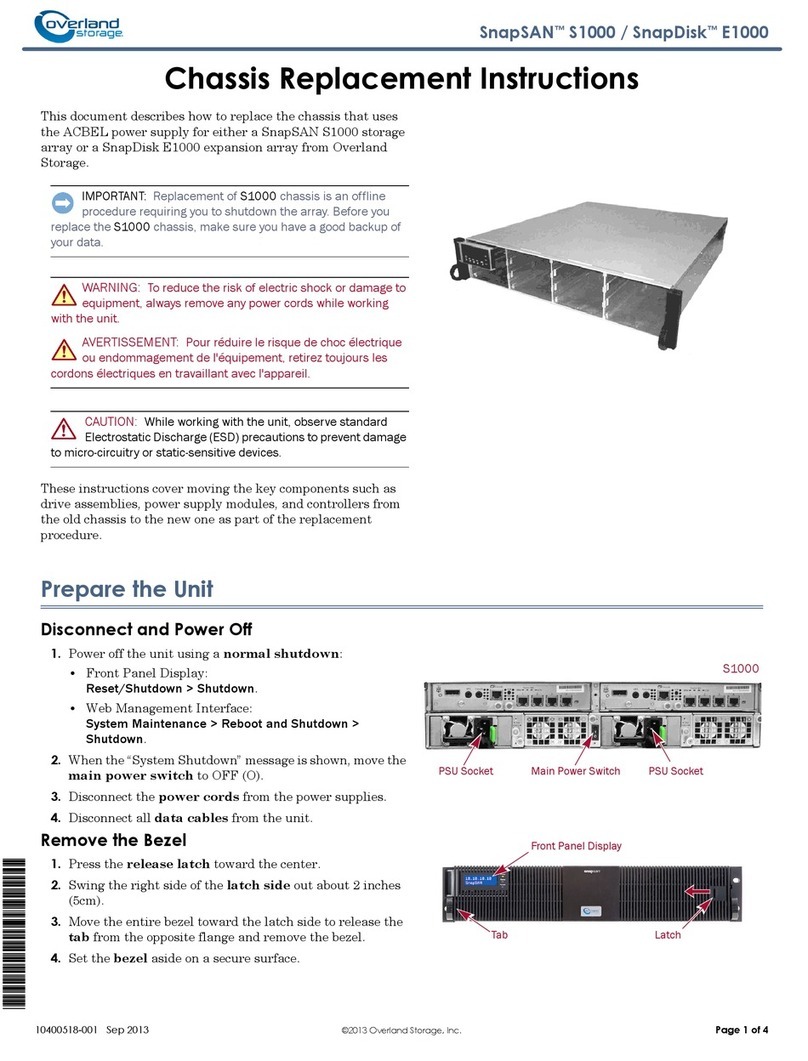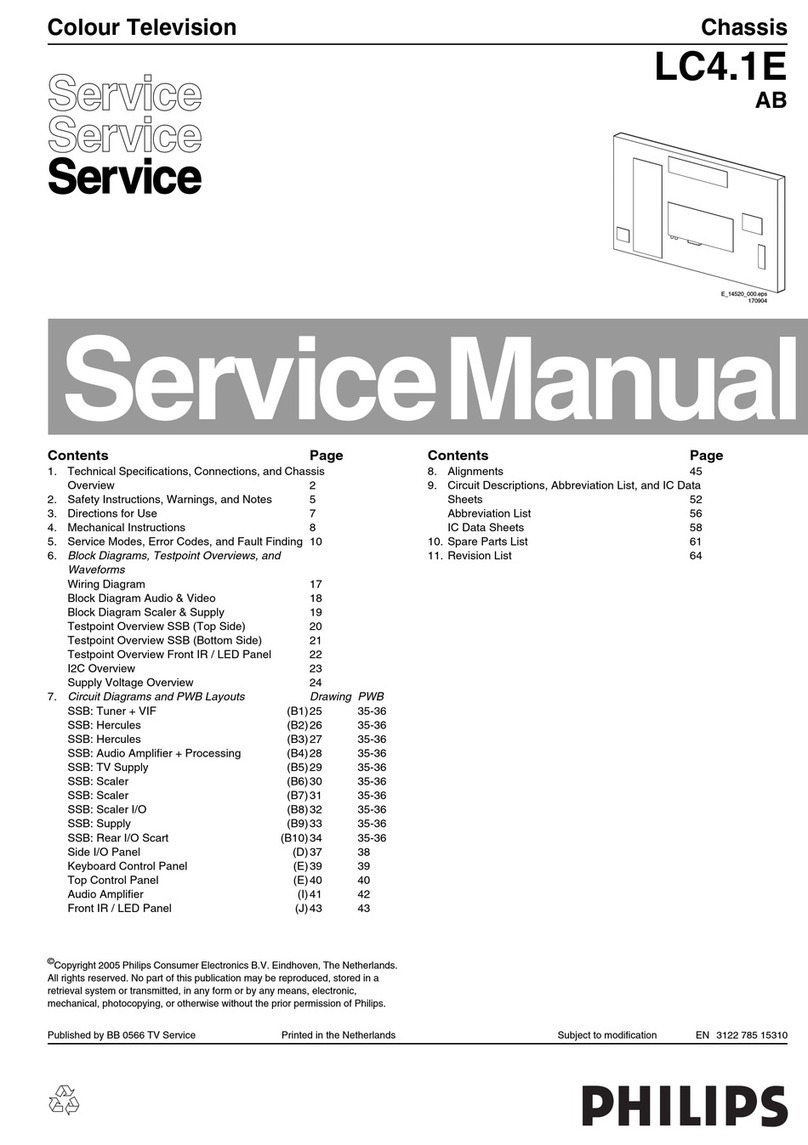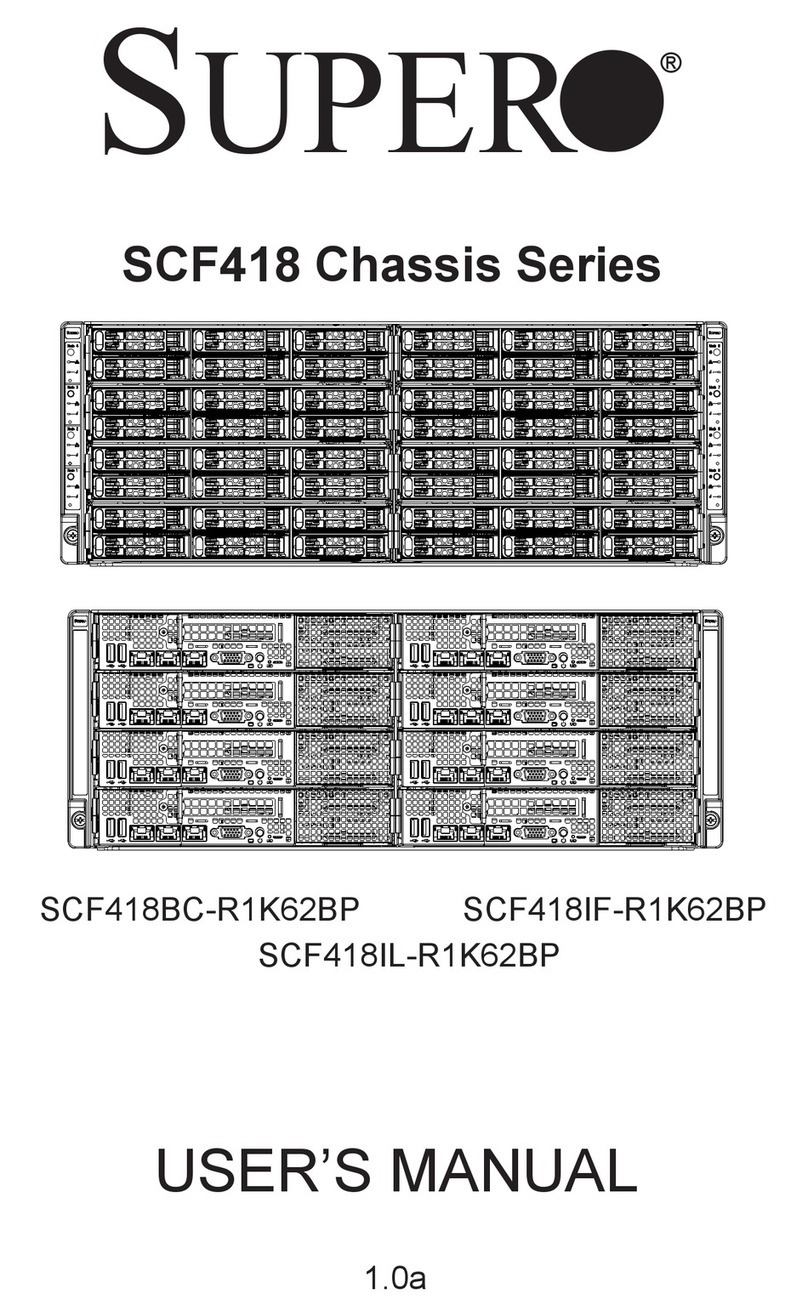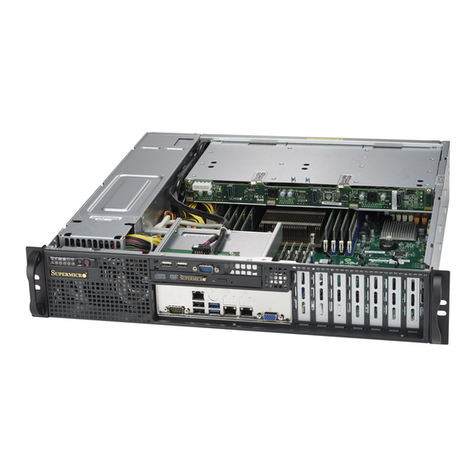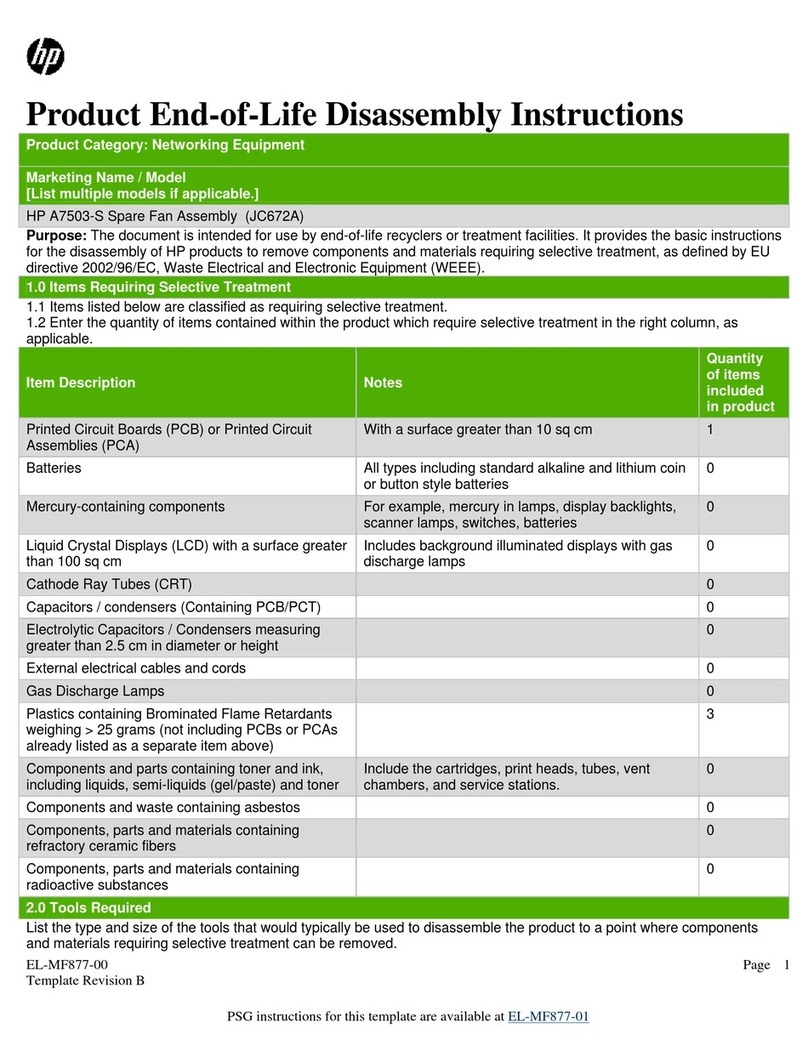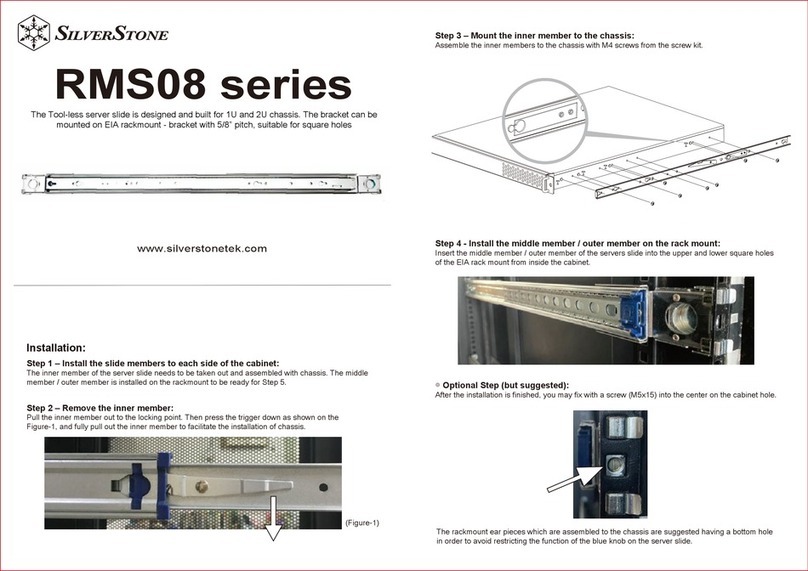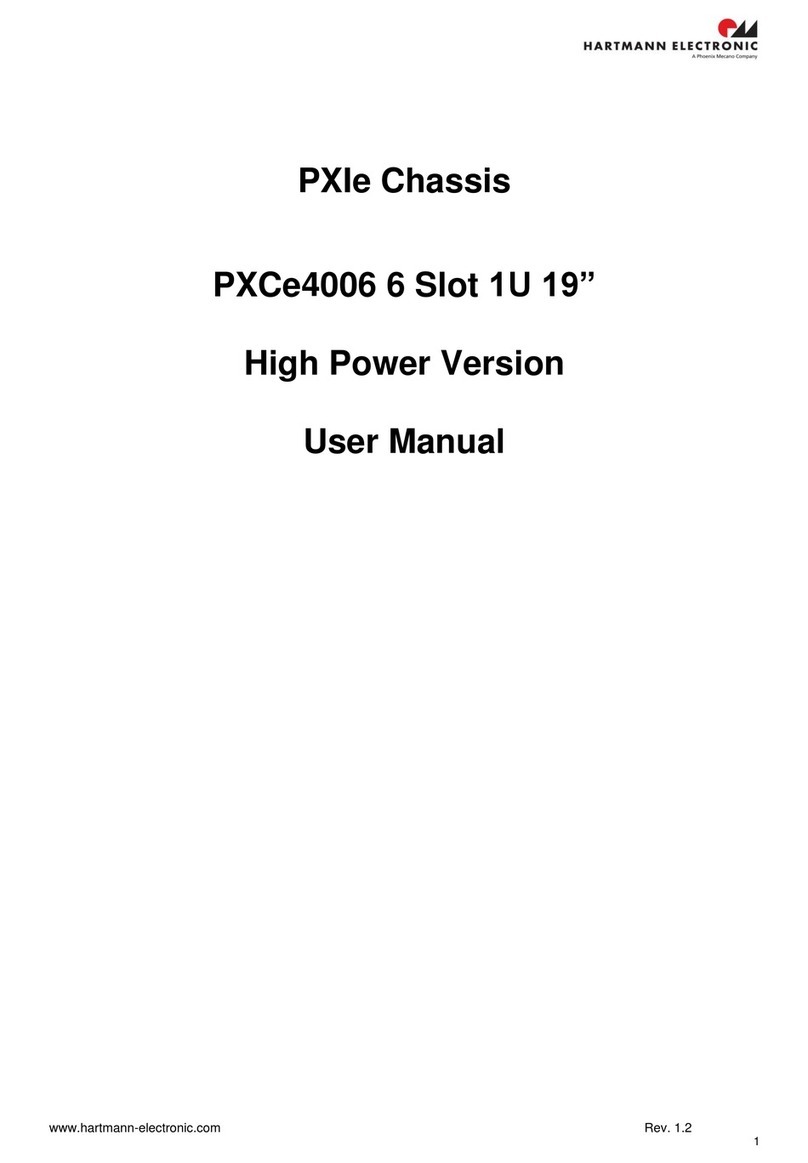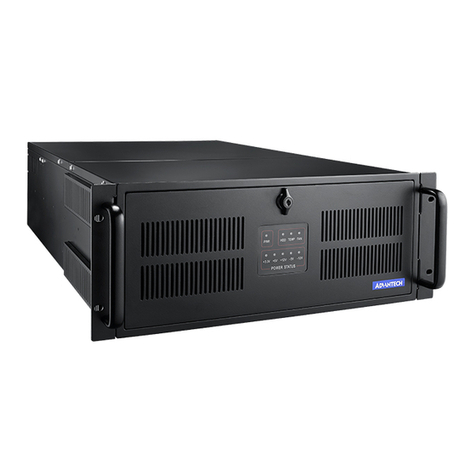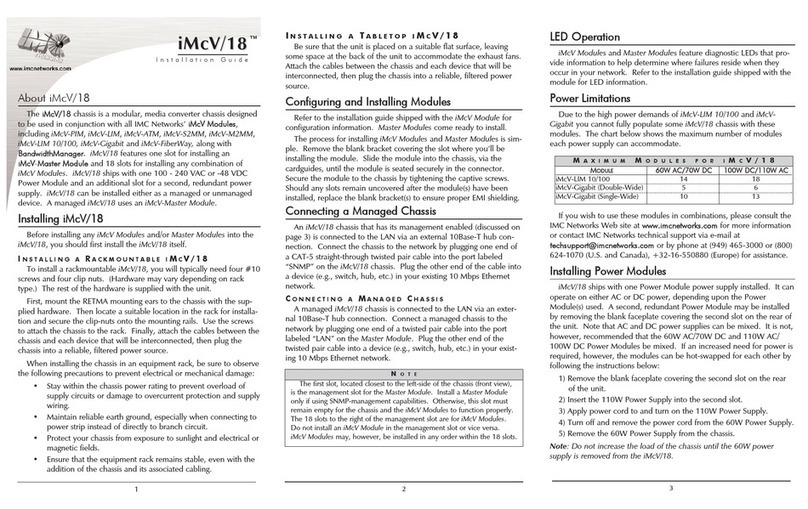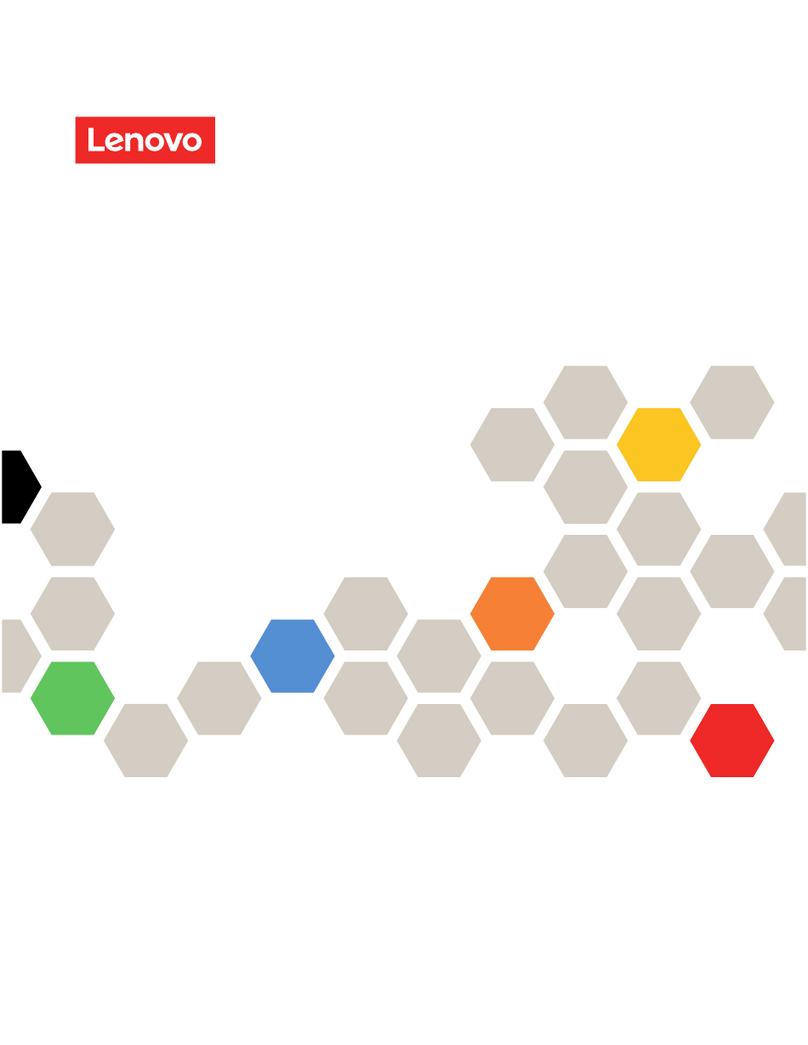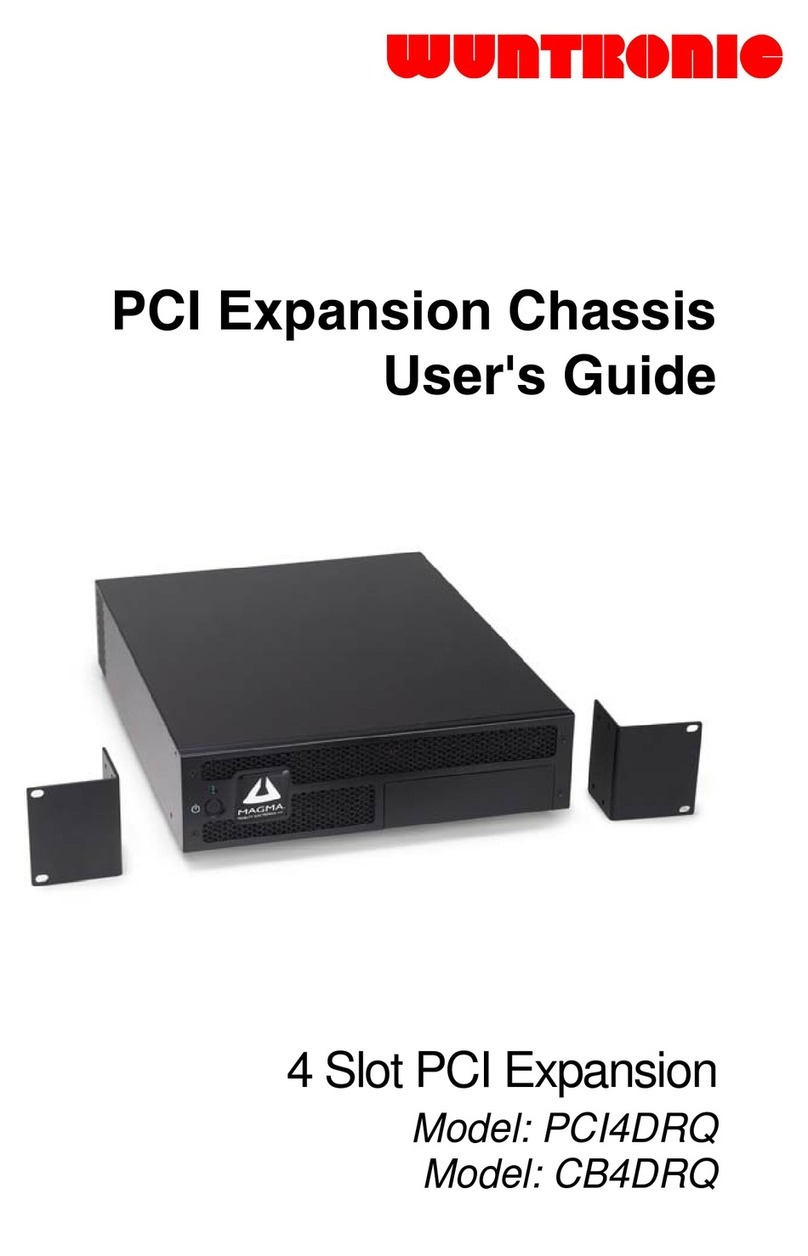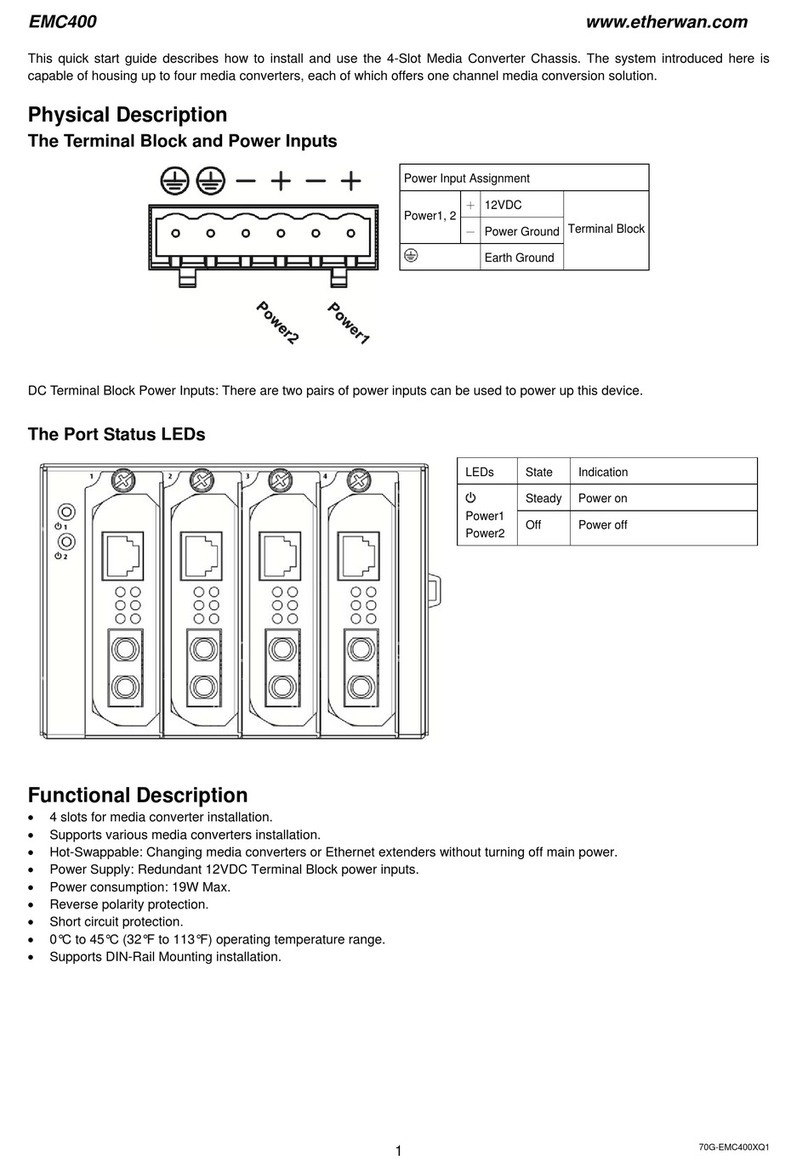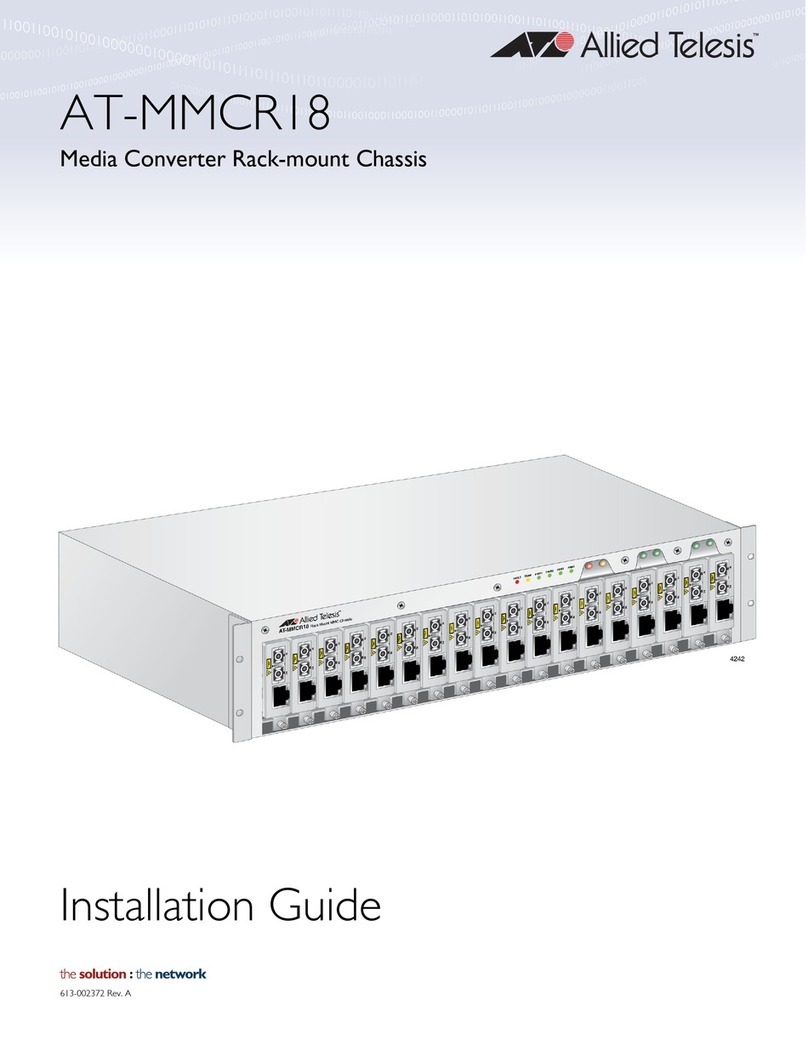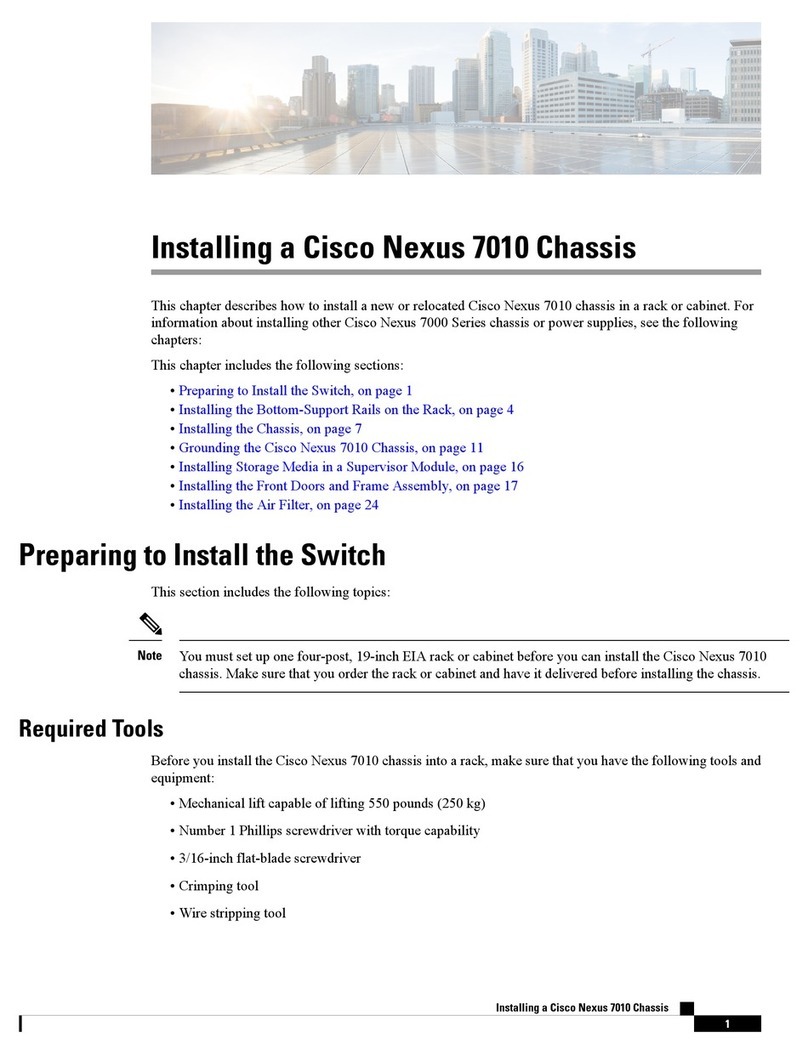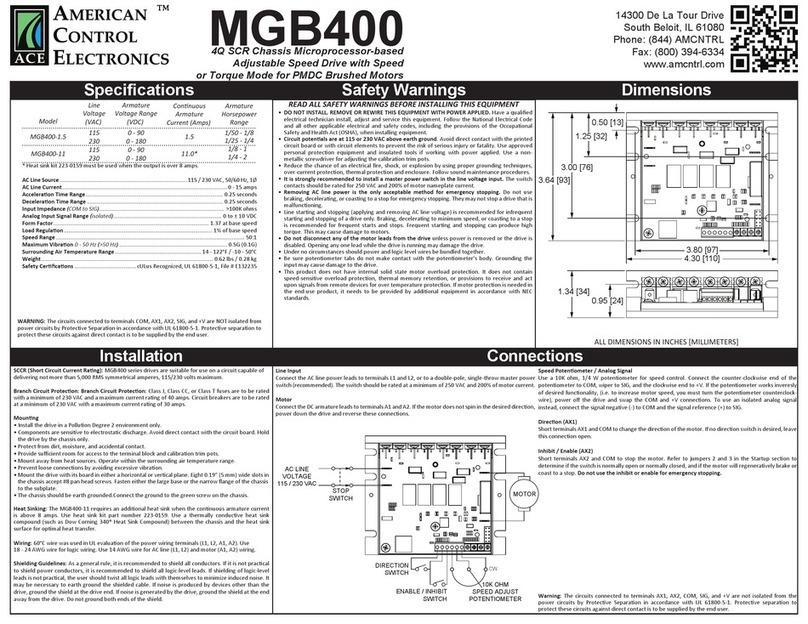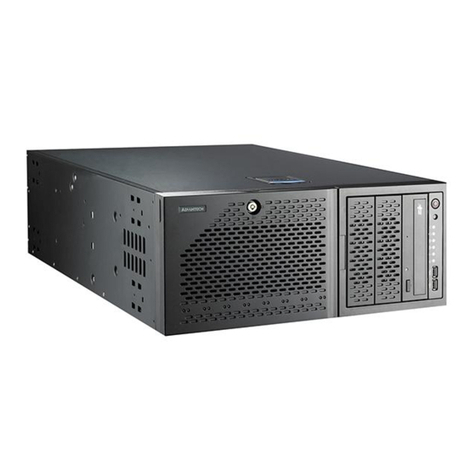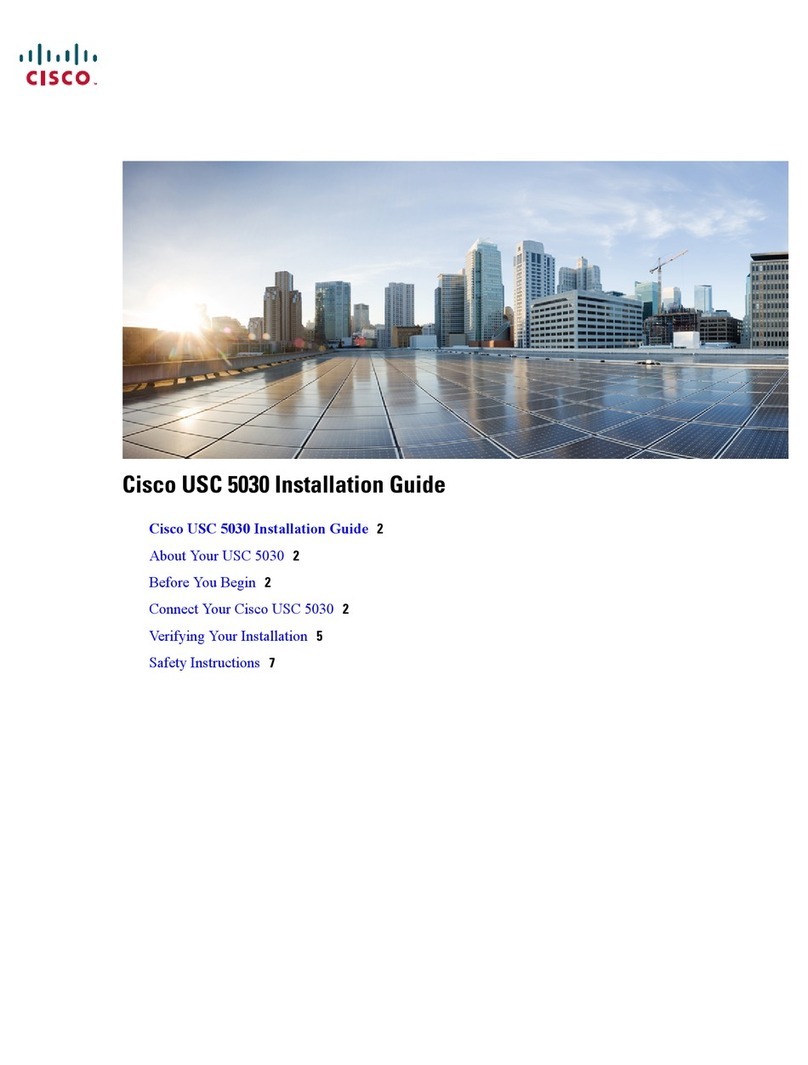
0049-1200-XXX RM16M – USER’S GUIDE 12/29/2010
Rev. C Page iii
REGULATORY INFORMATION
FCC Requirements
This equipment complies with FCC rules Part 68. Located on the equipment is the FCC Registration
Number and Ringer Equivalence Number (REN). You must provide this information to the telephone
company, if requested.
The Registration Number and REN are inscribed on the printed circuit board on insert cards or on a
label attached to either the chassis bottom or metal end-plate on standalone or rack models. The FCC
requires that these numbers be prominently displayed on an outside surface of the equipment.
The REN is used to determine the number of devices you may legally connect to your telephone line.
In most areas, the sum of the REN of all devices connected to one line must not exceed five (5.0).
Contact your telephone company to determine the maximum REN for your calling area.
The telephone company may change technical operations or procedures affecting your equipment.
You will be notified of changes in advance to give you ample time to maintain uninterrupted telephone
service.
If you experience trouble with this telephone equipment, please contact:
Raymar Information Technology, Inc.
7325 Roseville Road
Sacramento, CA 95842
1-800-747-1522
The telephone company may ask that you disconnect this equipment from the network until the
problem has been resolved. If your equipment continues to disrupt the network, the telephone
company may temporarily disconnect service. If this occurs you will be informed of your right to file
a complaint with the FCC.
This equipment may not be used on coin service provided by the telephone company. Connection to
party lines is subject to state tariffs.
WARNING: This equipment uses, generates, and can radiate radio-frequency energy, interfering
with radio communications, if not installed and used according to the instruction manual. It has been
tested and complies with the limits for a Class A computer device, according to FCC Rules, Part 15.
Operation of this equipment in a residential area may cause interference. If it does, you must correct
the cause of the interference.
Changes or modifications to this unit are not expressly approved by the party responsible for
compliance and could void the user’s authority to operate the equipment.
